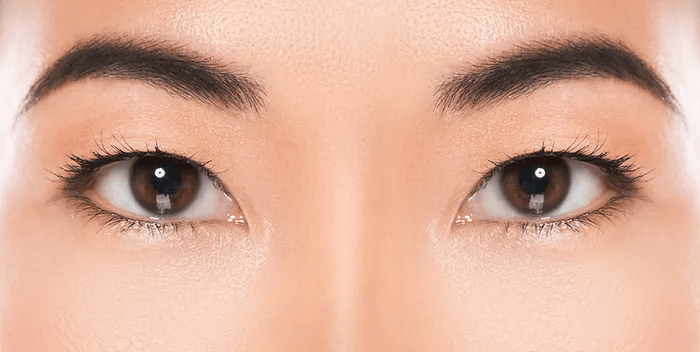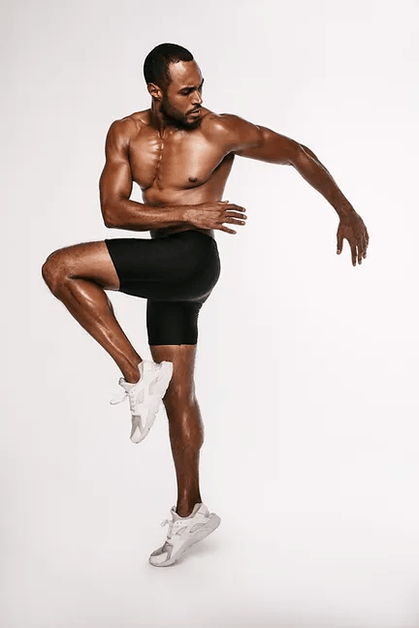What is it? The Greek word “hypo” means under (or less and adding pressure).
Hypopressive Breathing and Postural Exercise
The technique first came about in the 1980s when developed as Abdominal Hypopressive Technique by Marcel Caufriez. Caufriez developed the practice to decrease intra-abdominal pressure; the vacuum would help reduce stress on the pelvic organs and activate the pelvic floor muscles. The breathing technique was used in a clinical setting to help post-natal women recover from pelvic dysfunction.
Hypopressive Breathing and Postural Exercise evolved to become a training programme that not only restores pelvic health but helps prevent problems and trains the core as a complete system. (The effects of Abdominal Hypopressive Training on Postural Control and Deep Trunk Muscle Activation: A Randomised Controlled Trial.
I have found that one size does not fit all, so that clients might be in different positions to the general class sequence and may take part without performing the apnea.
These are the reported benefits.
-
The improved tone of the deep abdominal and pelvic floor muscles.
-
Better posture
-
Prevent all types of hernia
-
Regulate and improve breathing
-
Prevent or reduce the symptoms of urinary incontinence
-
Manage intra-abdominal pressure
-
Decongest the pelvic area
-
Improve lumbopelvic stabilisation
-
Reduce back pain
-
Improve Diastasis Recti (Effects of an Exercise Program on Diastasis Recti)
These are the things my clients have reported
-
Flatter tummy and narrower waist
-
Improvement in urge incontinence
-
Better breathing
-
A sense of pelvic organ prolapse lift
-
The tone of the neck muscles and jaw
-
Pelvis feeling more stable for those with hypermobility
-
A sense of lift from the arches of the feet to the eyebrows.

What is it? The Greek word “hypo” means under (or less and adding pressure).
Hypopressive Breathing and Postural Exercise
The technique first came about in the 1980s when developed as Abdominal Hypopressive Technique by Marcel Caufriez. Caufriez developed the practice to decrease intra-abdominal pressure; the vacuum would help reduce stress on the pelvic organs and activate the pelvic floor muscles. The breathing technique was used in a clinical setting to help post-natal women recover from pelvic dysfunction.
Hypopressive Breathing and Postural Exercise evolved to become a training programme that not only restores pelvic health but helps prevent problems and trains the core as a complete system. (The effects of Abdominal Hypopressive Training on Postural Control and Deep Trunk Muscle Activation: A Randomised Controlled Trial.
I have found that one size does not fit all, so that clients might be in different positions to the general class sequence and may take part without performing the apnea.
These are the reported benefits.
-
The improved tone of the deep abdominal and pelvic floor muscles
-
Better posture
-
Prevent all types of hernia
-
Regulate and improve breathing
-
Prevent or reduce the symptoms of urinary incontinence
-
Manage intra-abdominal pressure
-
Decongest the pelvic area
-
Improve lumbopelvic stabilisation
-
Reduce back pain
-
Improve Diastasis Recti (Effects of an Exercise Program on Diastasis Recti)
These are the things my clients have reported
-
Flatter tummy and narrower waist
-
Improvement in urge incontinence
-
Better breathing
-
A sense of pelvic organ prolapse lift
-
The tone of the neck muscles and jaw
-
Pelvis feeling more stable for those with hypermobility
-
A sense of lift from the arches of the feet to the eyebrows.

You can join sessions and Pay as you go, Pay weekly, four weekly. I would always suggest doing a 121 to understand the basics and ensure you are doing the exercise correctly.
